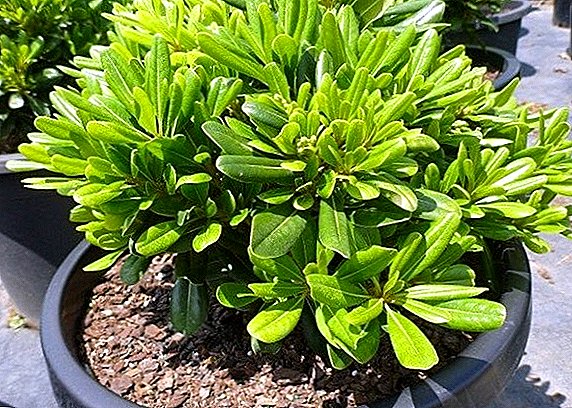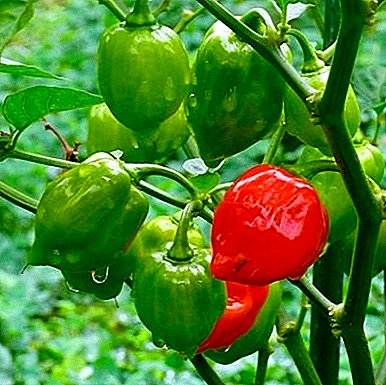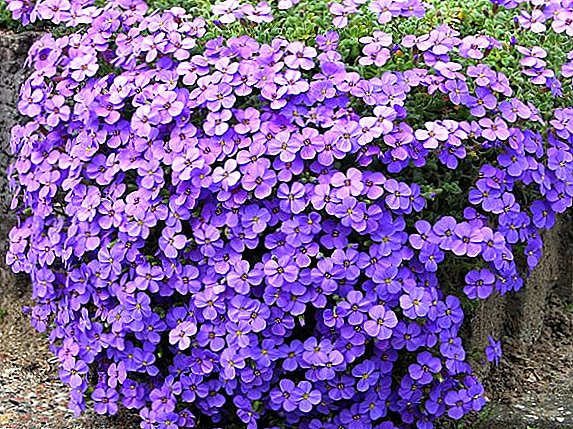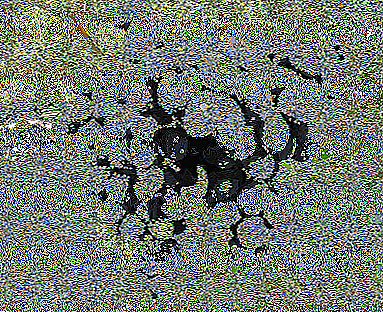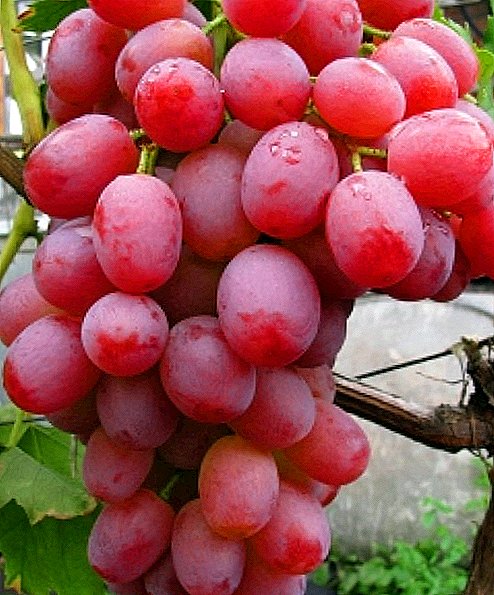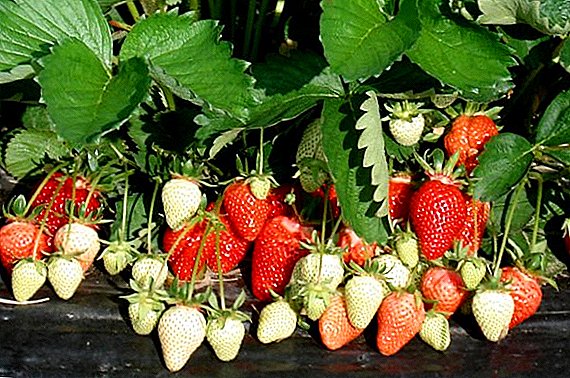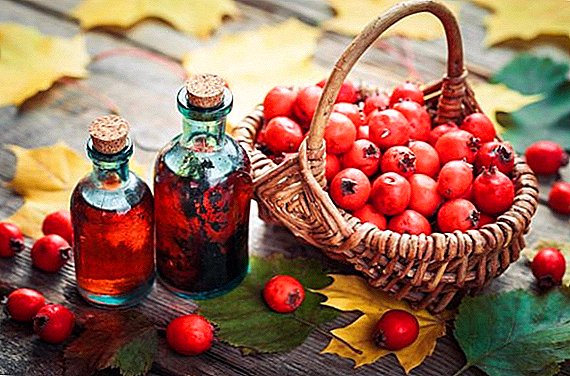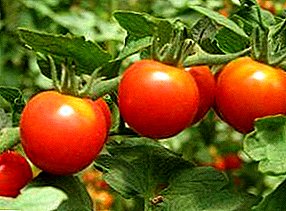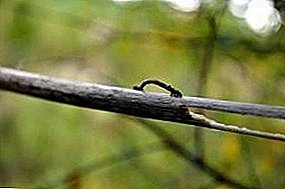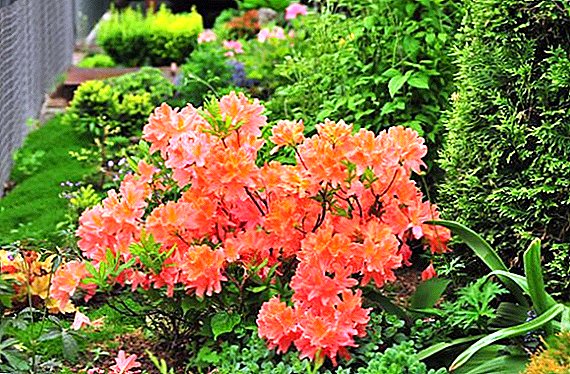 Rhododendron belongs to the genus of deciduous, semi-deciduous, evergreen trees and shrubs of the heather family. It includes 800-1300 species. These include domestic azaleas, which are also called indoor rhododendron. It is distributed in the Himalayas, Japan, South China, North America and Korea. Consider the features of the plant and its care in the article.
Rhododendron belongs to the genus of deciduous, semi-deciduous, evergreen trees and shrubs of the heather family. It includes 800-1300 species. These include domestic azaleas, which are also called indoor rhododendron. It is distributed in the Himalayas, Japan, South China, North America and Korea. Consider the features of the plant and its care in the article.
Appearance history
Rhododendron is an ancient azalea species. It appeared about 50 million years ago and was fairly common throughout the world. However, glaciation destroyed some of its ranges, which led to the rupture of its natural habitat.
Homeland plants is the northern and central parts of Japan. Since this is an island, it is dominated by open terrain, so the shrub does not occur in a wooded area.
Did you know? Translated from the Greek "rhododendron" means "rose tree". Note that he has no relation to the rose. The only similarity is the type of flower on the shrub. Also, the plant assigned several names, such as azalea and alpine rose.

The second historical birthplace of the plant is England. Once the 15th century Dutch traveler Brainius brought a shrub with beautiful flowers home, but he did not catch on. A century later, another traveler, Coners, tried to transport him to his homeland, but the plant withered along the way.
Check out the list of the most popular winter hardy rhododendrons.
Later, at the beginning of the 19th century, a captain by the name of Velbenck brought a flowering azalea shrub to London from India. Due to the long-term selection treatment by botanists, hundreds of its varieties and hybrids were bred.
The plant culture was not only flowering varieties - deciduous species were also derived. For this, wild specimens from eastern countries and America were attracted. Breeding of this ornamental plant was carried out throughout Europe. The results of breeding comprise about 12 thousand varieties of rhododendron and azalea. 
Description
This deciduous shrub grows up to 2 m in height. It blooms for 2 months, and on one rhododendron you can count 100-400 flowers. Flowering occurs from the end of spring to the end of the first month of summer, representing inflorescences, collected from 10 or more flowers with orange-yellow color.
Large specimens can grow over 100 years. Rhododendron can be both erect and creeping. Its mature shoots are brown and the young are green.
Did you know? Rhododendron is used to prepare a traditional Korean dish - chintalle hwhajon, as well as a rice cake with the petals of this plant.

Wood has a dense resinous structure. The loquate root system consists of many shallow roots. Like all representatives of the heather, it does not have hairs.
Popular varieties
This plant includes a variety of varieties. Consider the features of some of them.
Salmon
This deciduous shrub is considered one of the most common varieties. Having a lot of branches with a one-year increment of 20-25 cm, it reaches a height of 2 m. Its leaves are up to 10 cm long and up to 3 cm wide.
The flowers reach a diameter of 8 cm, dominated by red shades with a yellow-orange spot in the area of the pistil and stamens. It starts flowering in May-June: it lasts about 3 weeks. It should be noted that the plant is resistant to frost. 
We advise you to familiarize yourself with the nuances of growing Dahurian rhododendron, as well as Schlippenbach, Ledebour, Adams rhododendrons.
Cream
This creamy variety, as a rule, has a flower with a large green spot, its petals are covered with yellowish streaks. In autumn, the leaves change their color to yellow. This shrub differs from other varieties in that it is shorter. 
Yellow
This branched shrub reaches a height of one and a half meters and expands significantly in width - up to 3 m. The yellow rhododendron has 2 subspecies. One has leaves up to 10 cm long, green, the other - 18 cm leaves up to 4 cm wide, gray-blue.
Important! All components of the plant are poisonous, so you should not taste them.
The peculiarity of this variety is that its inflorescences contain up to 20 flowers that have a yellow shade with an orange spot. The period of their flowering is in May and lasts 2-3 weeks. The plant grows quite quickly, despite the moderate demands on the composition of the soil. 
White
Most of the flowers in this variety are characterized by white petals, but some of them may have a yellow pattern in the area of the pistil and stamens with golden anthers. Shrub white rhododendron reaches one and a half meters in height.
Its leaves are covered with scales underneath. The flowering period begins in May and lasts for three weeks. Flowers are about 4 cm in diameter. Every year a shrub adds up to 5 cm in height. Note that this frost-resistant plant prefers a soil of weak acidity and is demanding to the presence of light and shade. 
Like rhododendron, the best flowering shrubs include buddleya, weigela, heather, hibiscus, hydrangea, jasmine, silverweed, camellia, magnolia, lilac, spirea and forsythia.
Caroline
This evergreen shrub with a height of 1-1.5 m has oval leaves up to 10 cm long and up to 4 cm wide. Its funnel-shaped flowers reach 3 cm in diameter and have 10 stamens covered with hairs at the base. It is able to withstand temperatures up to -26 ° C. 
Choosing a place
For this plant will be favorable accommodation in places protected from wind and scorching sun. The northern or northeastern side of the house, a branchy tree or a high fence will be suitable for this.
It should be noted that the shrub should not be placed under the roof, as in the winter season it can provoke the fall of icicles and snow that has descended from the roof directly onto the plant.
Important! Do not plant rhododendron in the area where there is a high level of groundwater. In the extreme case, you can do it on a high ridge with a height of 10-15 cm. At the same time, it is necessary to make drainage and ditches for water withdrawal.
Do not be upset if you later realize that you planted rhododendron in an unfavorable place. This is easily removed by transplanting, as the plant tolerates this procedure well. When planting rhododendron must also take into account the presence of surrounding trees and other plants. 
Different root systems require certain nutrients, so the best neighbors for rhododendron will be conifers, such as pine and spruce. In addition, oak, cherry, pear, apple, and some other fruit trees get along well with him in the same area.
Find out what are coniferous trees and bushes.But elm, birch, willow, linden, chestnut and maple are unfavorable neighbors for rhododendron. It should be borne in mind that large trees and bushes must be kept a distance of more than 3 meters, to buildings - 7 meters. If you decide to simply plant this plant in a row, then stick to an interval of 130-180 cm.
Landing rules
There are several different ways of planting Japanese rhododendron. For their description we will present a detailed step-by-step instruction, and also clarify what the indicators of temperature, humidity, soil acidity, etc. should be. 
We recommend reading on how to independently determine the acidity of the soil, as well as how to deoxidize the soil on the site.
Seeds
As a rule, the first winter months are chosen for this process. For planting it is necessary to pick up the soil with an acidity of 4.0-4.5 pH. Note that the large-flowered bushes are especially sensitive to this factor, and a decrease in this indicator leads to the inhibition of the plant.
Soil based on peat is also suitable, since rhododendron needs a humus-rich soil with a high degree of friability. It is recommended to prepare a substrate consisting of humus, sand, peat and coniferous soil.
Mixing these ingredients in equal shares, it is necessary to pour them with a strong solution of potassium permanganate: this will disinfect the soil. So, plant seeds should be stuck in the ground so that they are at a depth of 2 cm.
Video: preparation for sowing rhododendron seeds
Did you know? Rhododendron has beneficial properties, such as improving vision, eliminating barley, scaring moths.
Then you need to slightly moisten the soil, then cover the plant pot with a film or send it under glass - this will create moisture conditions. It must be remembered that the plant needs a daily two-hour airing.
To grow Japanese rhododendron by planting its seeds, it is necessary to create a temperature of about + 25 ° C. Humidity in the room should not be below 75-80%. Such indicators will create comfortable conditions for getting the seedlings of the largest possible number of planted seeds.
After 1-2 weeks, the first shoots will appear, after which the temperature should be reduced to + 10-12 ° С. With the advent of the first shoots, you should also organize lighting with limited exposure to direct sunlight.
Video: Rhododendron Seeding In such conditions, the content of rhododendron will grow during the year - after that it can be planted in the ground.
Seedlings
Before embarking on transplanting a plant, it is necessary to prepare a pit 40-60 cm deep with the same diameter. It should be filled with a specially prepared mixture of peat and loam in a ratio of 3.5: 4.5. Then you need to tamp it at the bottom of the hole.
Before placing the seedling in the prepared well, it is necessary to lower its roots into the water and hold it until air bubbles cease to stand out. Next, put him in the ground and fill the pit with the substrate.
Then you need to produce abundant watering and cover the circle formed in the ground with peat, moss, oak leaves or other mulch with a layer of 5 cm. In 2-3 weeks you can feed the plant.  Because of the roots of a plant located close to the surface of the earth, loosening the surrounding soil can adversely affect it. Therefore, when removing weeds, you should abandon the use of garden tools and do it manually.
Because of the roots of a plant located close to the surface of the earth, loosening the surrounding soil can adversely affect it. Therefore, when removing weeds, you should abandon the use of garden tools and do it manually.
Important! Do not pour the roots of the plant - this will lead to an excess of moisture, because of which its leaves will curl and fall down. The same effect will be obtained during drought.
Watering of rhododendron must be carried out with rain or pre-settled water. It can be softened and acidified using top peat. To do this, one day before irrigation, throw a handful of this special soil into the water.
Water the plant should be as needed, which is determined by changing the color of the leaves. So, if they become dull, then the plant needs moisture.
Video: how to plant rhododendrons The period of the most frequent irrigation falls on the summer season, because in the conditions of the scorching sun the plant dries quickly. It is necessary to perform the procedure every 2-3 days, subject to regular spraying.
Care
The first feeding should be done in early spring, and the last - at the end of the second summer month, after flowering. To do this, it is advisable to use liquid fertilizer made from horn flour and cow manure. To prepare it, you need to pour the named ingredients with water in the ratio of 1:15 and let it brew for several days.
It is recommended to use such mineral fertilizers as ammonium sulphate, calcium, magnesium or potassium. The optimal schedule of feeding is the application of organic or mineral fertilizers in early spring. At the same time, it is necessary to add 50 g of ammonium sulphate and the same amount of magnesium sulphate per 1 m².  During pruning of rhododendron shrubs should not be too carried away by the procedure, because the plant itself is capable of forming a rounded shape. But sometimes you need to get rid of the frozen shoots or refresh the old plant. To do this, its branches are cut at a height of 40 cm from the ground.
During pruning of rhododendron shrubs should not be too carried away by the procedure, because the plant itself is capable of forming a rounded shape. But sometimes you need to get rid of the frozen shoots or refresh the old plant. To do this, its branches are cut at a height of 40 cm from the ground.
Important! Rhododendron differs in that in one year it blooms and fruits abundantly, and the following year these figures decline. To remedy this situation, it is necessary to eliminate faded buds immediately after flowering in order to accumulate strength and nourishment for subsequent flowering.
Such a plant can serve as a good decoration for the garden, because it looks very impressive, not too whimsical in grooming, and also has a wide range of colors.
When planning a landscape design, it is necessary to take into account that evergreen varieties prefer penumbra, and deciduous varieties prefer the sun and lack of draft. It is also recommended to plant rhododendron near water bodies, including the pool, as well as along the edge of paths and fountains.  A separate bush of rhododendron can be planted in the center of the flower bed, surrounded by stones and perennial plants. A lawn of forbs can serve as an excellent backdrop for this bright shrub.
A separate bush of rhododendron can be planted in the center of the flower bed, surrounded by stones and perennial plants. A lawn of forbs can serve as an excellent backdrop for this bright shrub.
Preparing for the winter
For the good preservation of rhododendrons in the cold season it is necessary to create the appropriate conditions. First you need to insulate the roots of the shrub with a protective layer of peat and foliage.
Then you need to construct a special shelter. To do this, install a frame over the surface of the plant and cover it with a film or a tarpaulin. Remove the design will be possible after the soil warms up.
Video: preparing rhododendrons for winter
Diseases and pests
Since the shrub is located in an open area, there is a danger of pests and diseases.
You will probably be interested to learn more about how to deal with diseases and pests of rhododendrons.Consider the most common ones:
- Spider mite Being a small insect, it envelops the inside of the leaf of the plant with its web, feeding on its juice. As a result, the leaves fall. To eliminate this problem, it is possible to spray the shrub with such preparations as "Agravertin" or "Diazinon".
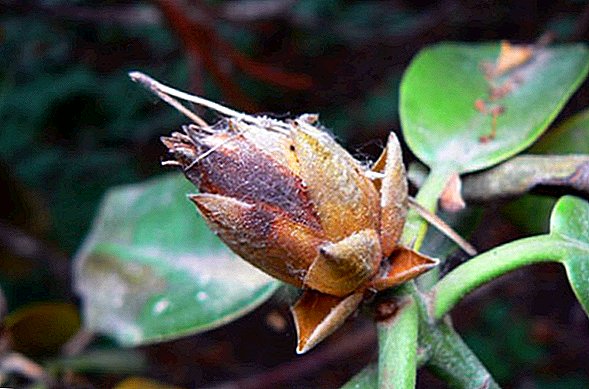
- Aphid. They act according to a similar scheme, only their appearance can cause a fungus, which can be eliminated with the help of fungicides.
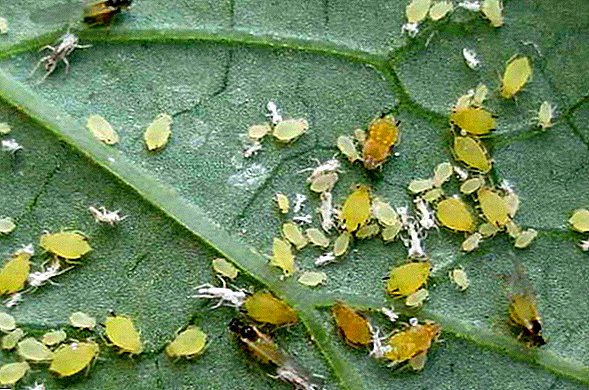
Did you know? The culture of growing rhododendron varies depending on the country of growth. So, lush flowers are cultivated in India, and in Japan they form bonsai from bushes.
- Mealybug. This insect multiplies rapidly and covers the entire leaf area with white bloom. It also sucks the juice, causing the shrub to wither. In this case, it is necessary to immediately treat the plant with Karbofos.
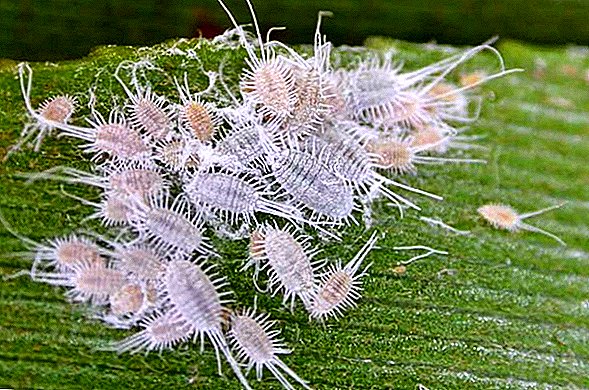
- Bug. Laying its eggs, the insect causes discoloration of spots on the leaves. To combat this pest, you can use the "Diazinon" by spraying.
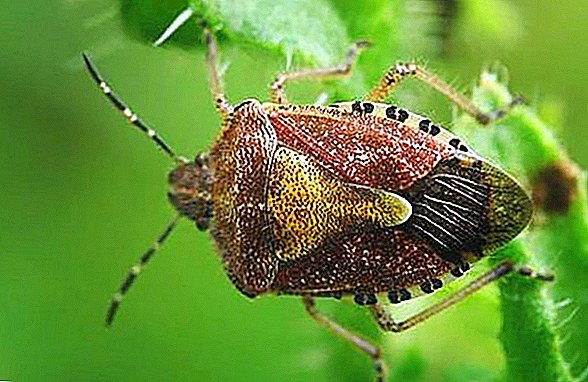
If you regularly monitor the development of the plant, you can notice the appearance of diseases in it. This will allow for timely measures to eliminate them.
For many gardeners, rhododendron Japanese is a favorite plant, caring for which does not cause difficulties, and the flowering period is pleasing to the eye. To grow it, you need to familiarize yourself with the basic rules of care, adhering to the correct temperature and humidity in the room.
Feedback from network users








